FORT LEWIS, Wash. - Sometimes the best way to overcome an obstacle is to eliminate it altogether. That was the motivation for the 38th Engineer Company last week as they blasted holes in concrete walls during a rare company-sized concrete breach familiarization exercise at Fort Lewis.
Nine Sapper squads, under the guidance of 2nd Platoon, assembled their Strykers at Range 57 and took turns detonating 7.5 pounds of C4 explosives on three types of concrete walls. The walls were built from different materials- double-layered brick, steel-reinforced concrete and CMU block construction.
"To have a training event like this that's not route clearance or deployment specific is something pretty special," said 2nd Platoon leader 1st Lt. Michael Prather.
The exercise, not conducted in several years at Fort Lewis, was the first experience with heavy demolitions for many of the new Sappers.
"We wanted the Soldiers to see the real effects of a blast, know how it works and be able to actually apply it when they're in country," said Staff Sgt. Brannon West, also of 2nd Platoon. "There's not going to be a lot of time (in Iraq) to harness our explosives breaching skills. This is the time to do that."
While the demolition portion of the exercise lasted only one day, the Soldiers' training for the event began in January during Master Breacher training at the company level. After hours of classroom instruction and familiarization with small, modified C4 charges in the field, the Sappers were finally ready to breach concrete walls.
The nine squads corralled their Strykers at a staging point to assemble the C4 charges under the supervision of safeties. Following inspection of the charges, each Sapper squad advanced in turn down an 800-meter stretch of road with the explosives in hand.
After placing the assembled charge in the center of one of the nine concrete walls, the Soldiers withdrew to their Stryker to take cover against the blast from the demolition. At that point, it was safe to connect the detonator with the system and prepare for an explosion.
The ensuing blast, set off by a chain reaction among the six circularly assembled blocks of C4, sent dirt and debris high into the air. When the dust cleared, the Sappers exited their vehicle and admired the newly formed hole in the wall.
"It was pretty exciting," said Pvt. Nicholas Kelly of 2nd Squad, 1st Platoon. "Even from inside the Stryker, you could feel the force (from the explosion)."
Considering the logistics and planning required to organize a concrete breaching range, the combat engineers made the most out of their field time.
"According to range control ... they have not had this range done in years ... and could not remember the last time a range like this had been done," said Prather.
With a $10,000 price tag for the nine concrete walls, it's no surprise that an exercise of this scale occurs so rarely. The 38th Engineers know that this might be their only chance to practice concrete wall breaching before deployment.
The 864th Engineer Battalion provided cranes for positioning the walls on the range and dump trucks to collect the concrete debris.
Although the training never required tactical movement under simulated battlefield conditions, the lessons learned will apply to missions Soldiers might be assigned during their upcoming deployment to Iraq.
West used the example of a Sapper squad joining an infantry task force on a mission in Iraq.
"There's a known al-Qaida operation going on inside of (a building), and (the Soldiers) want to stun them," said West, "so we will use the explosive effect for a dual purpose: to knock them senseless ... and to be able to create that point of penetration. "It's better that they get to go through this now, so when they do target composition analysis, they realize what can be done with what they have available. It's not going to be new."
With a training schedule focused on refining their infantry maneuvers and combat skills, any day that Soldiers of the 38th Engineer Company can exercise their skills as combat engineers is a good day for the Sappers.
The successful breaching exercise made company leaders confident that their Soldiers will be ready for an early fall deployment.
"Infantry units expect the Sappers to never fail," said Prather. "So the fact that they have this experience, they can go out there with the confidence knowing they can complete their mission."
Phil Sussman is a photojournalist with Fort Lewis' Northwest Guardian.
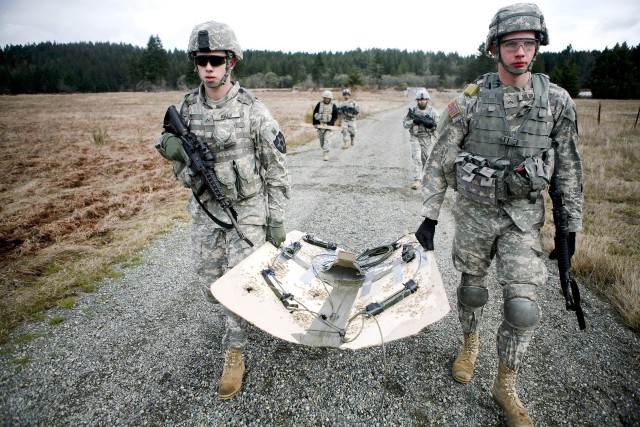
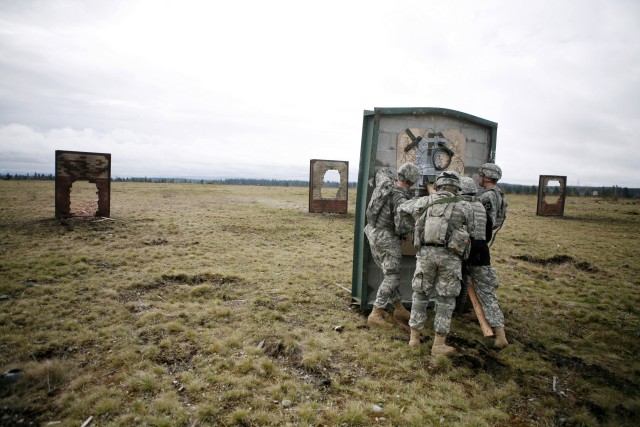
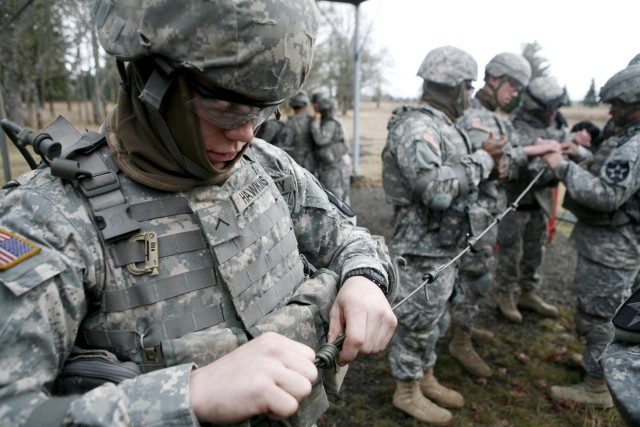
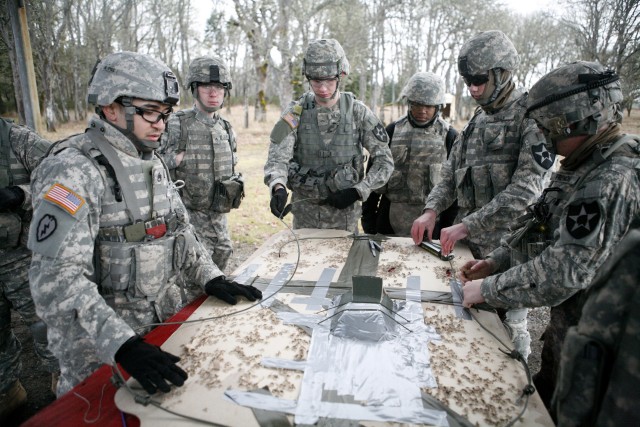
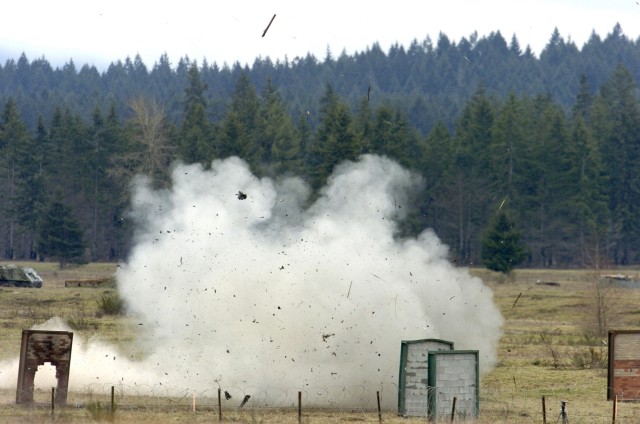
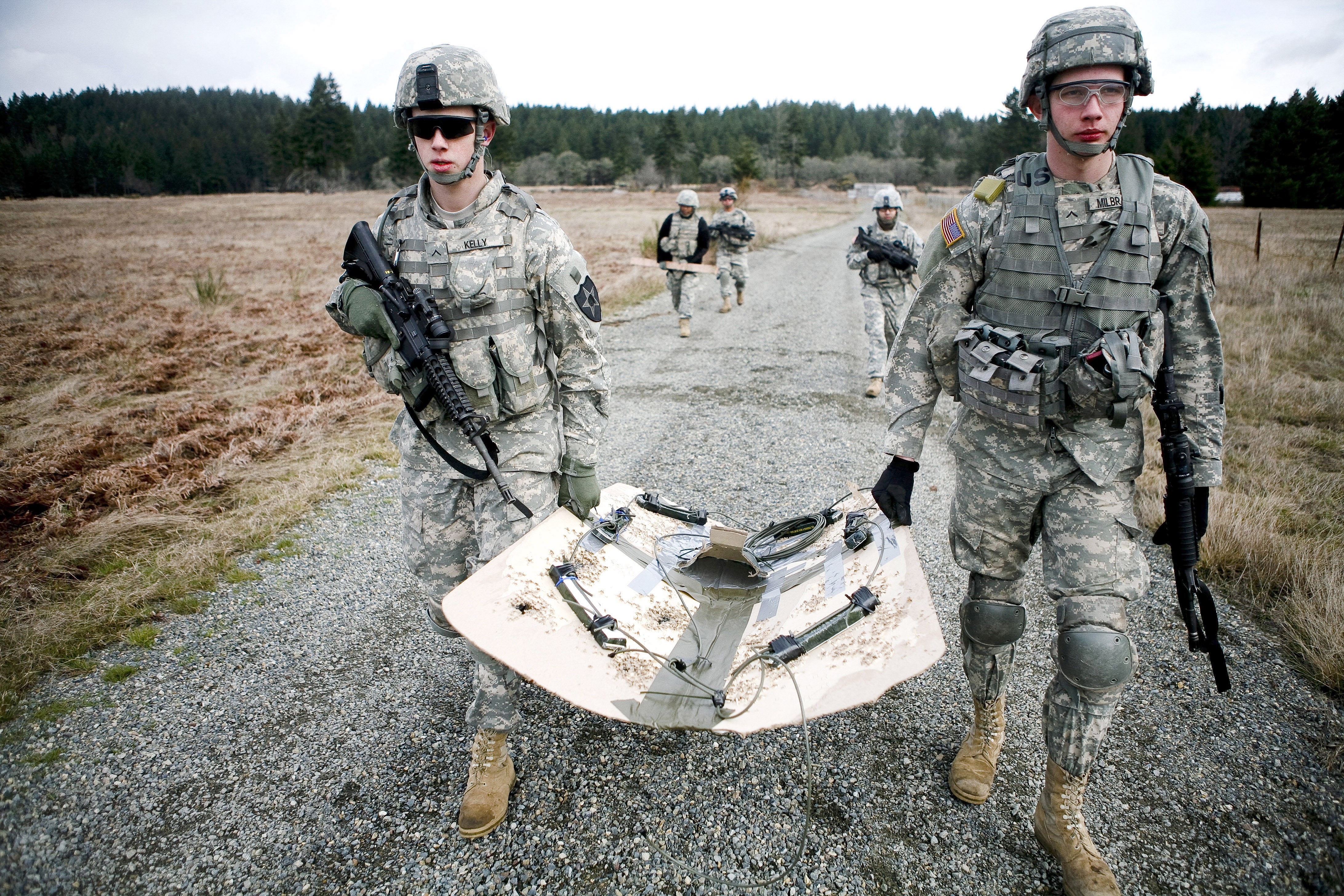
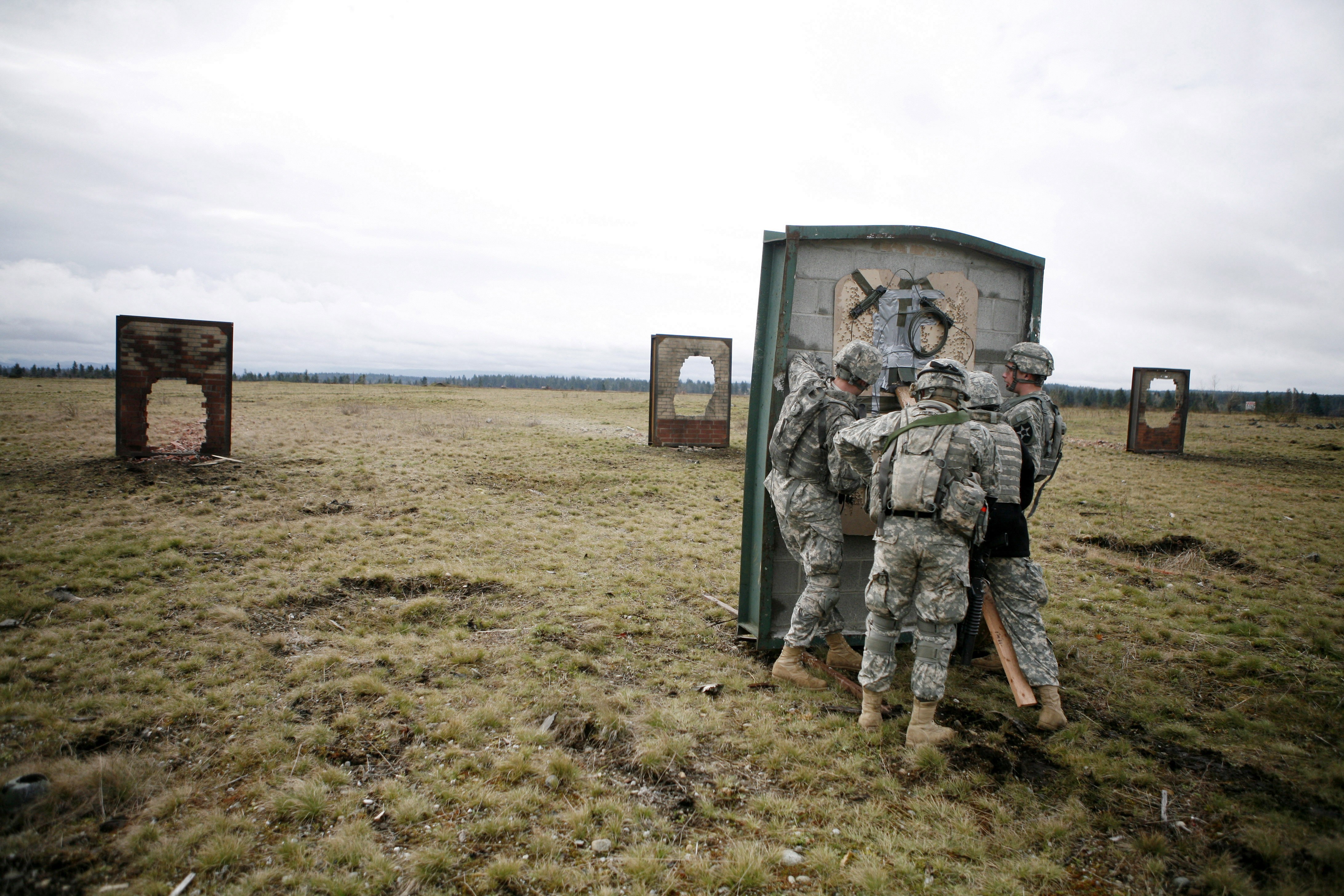
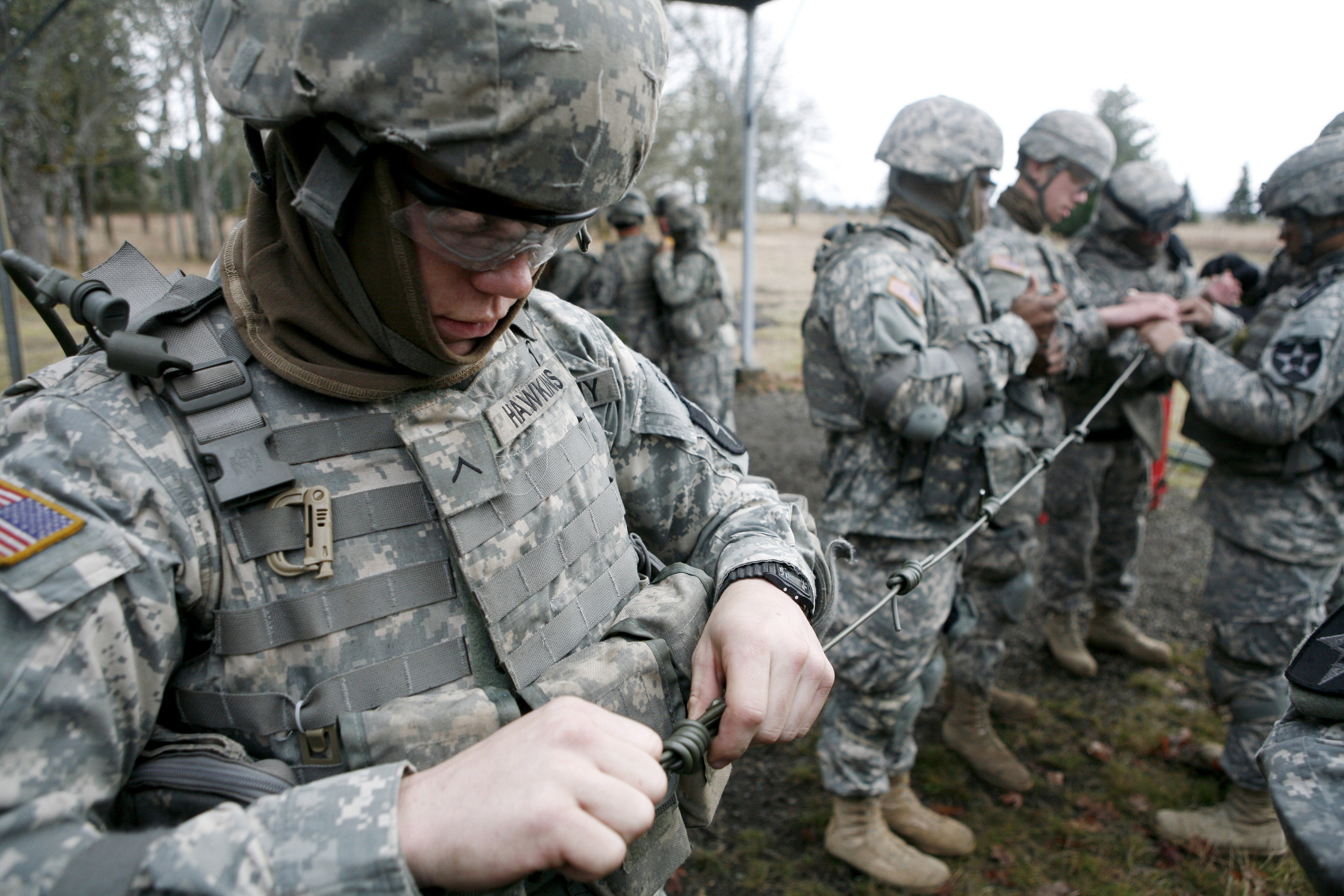
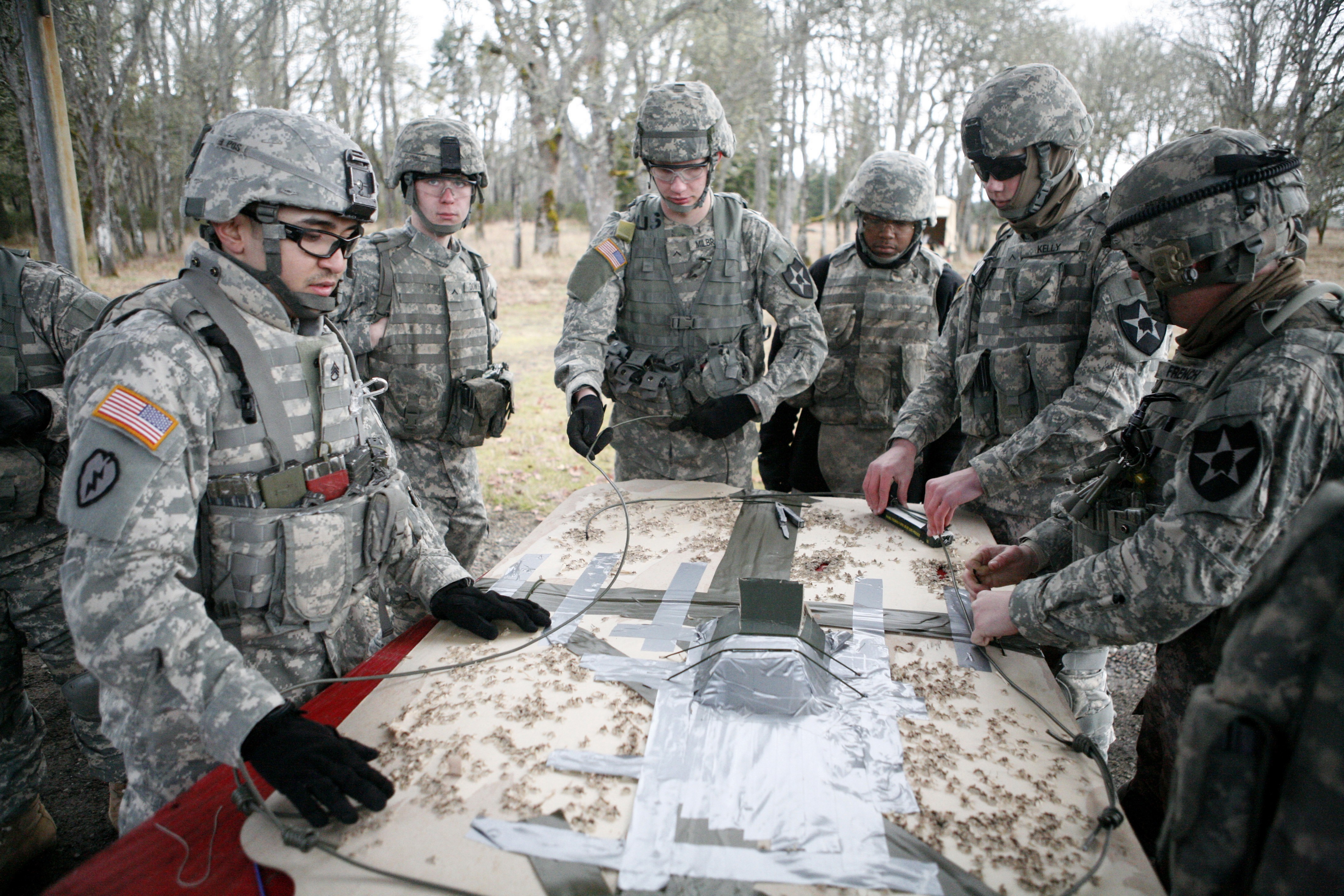
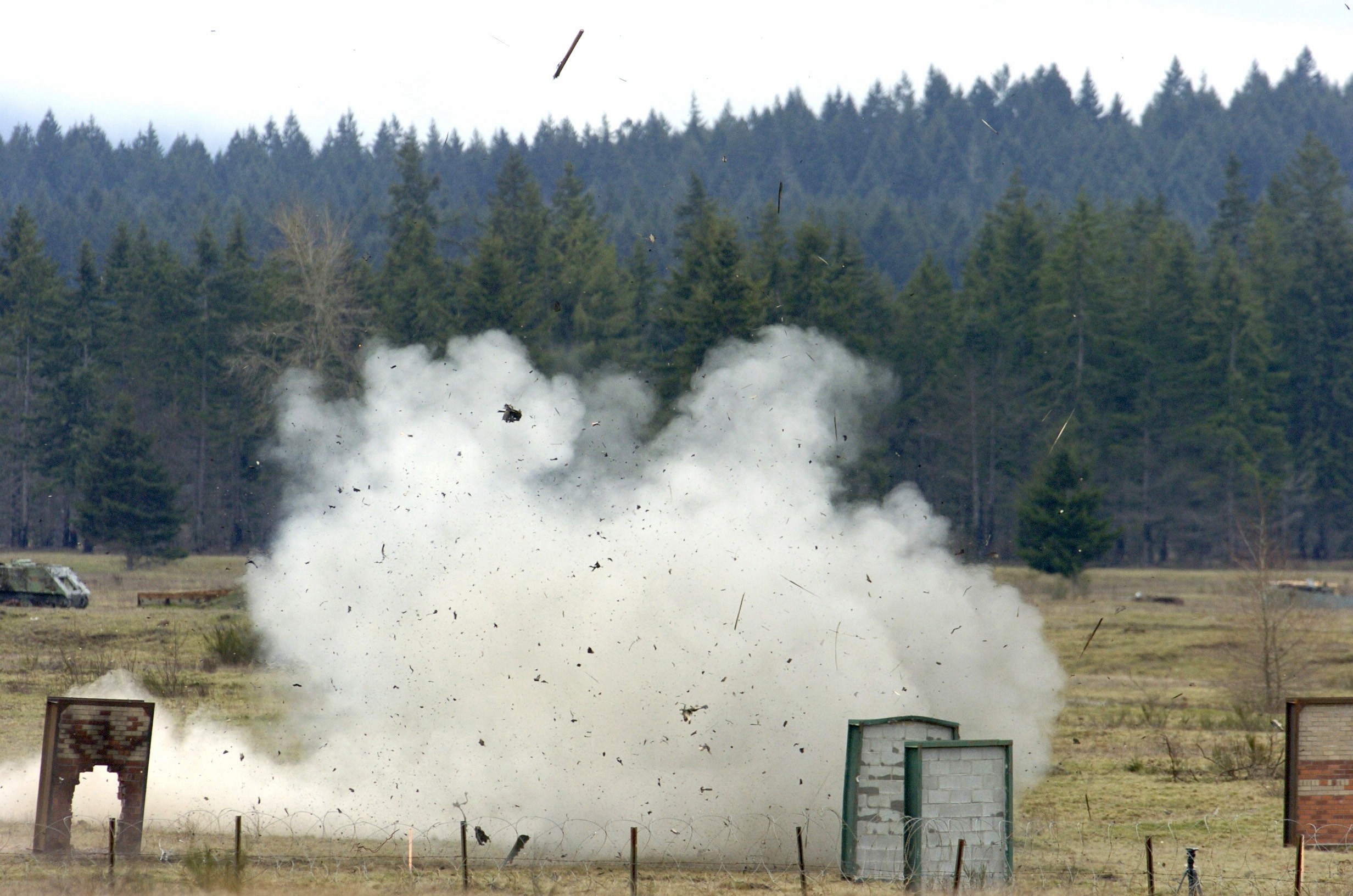
Social Sharing